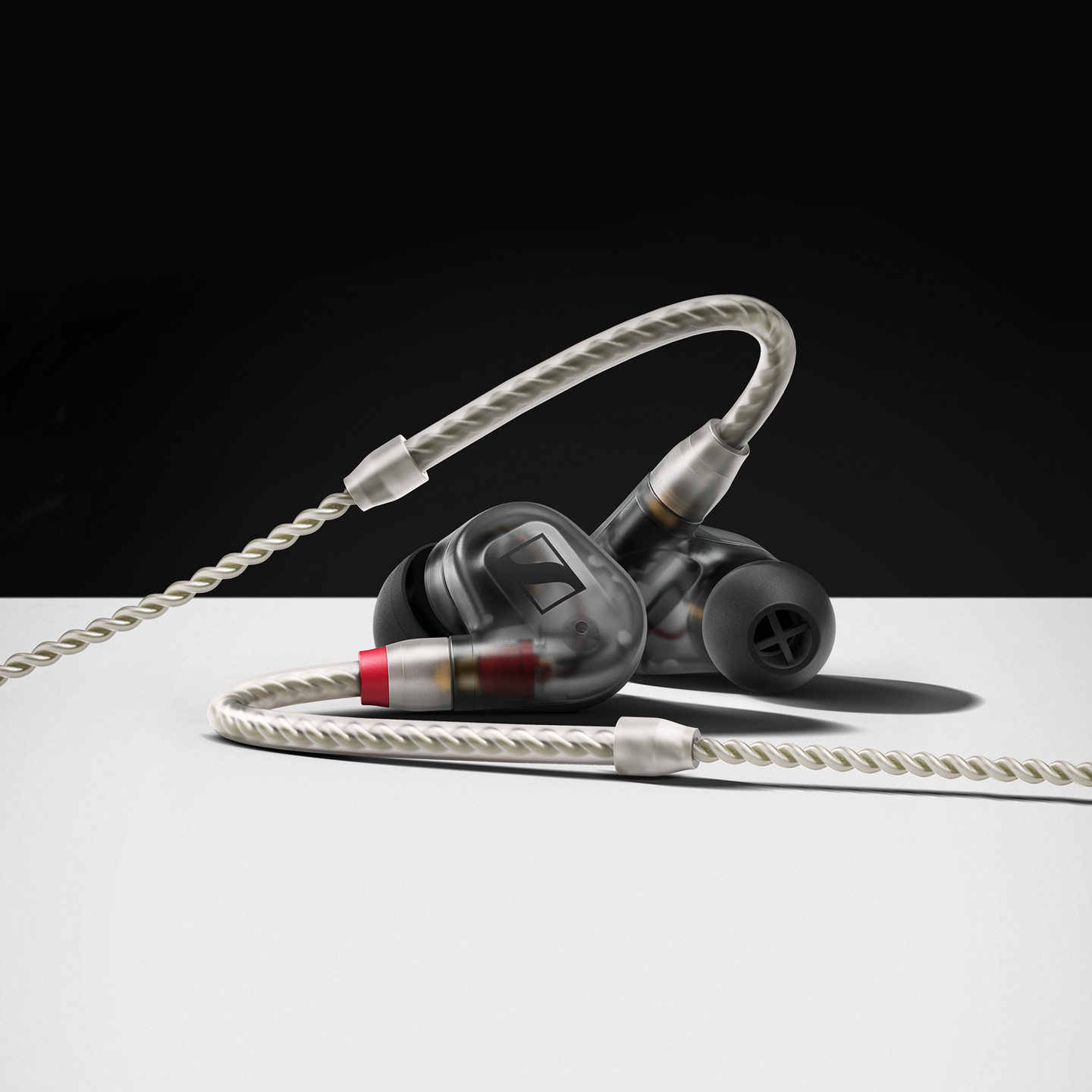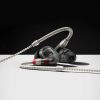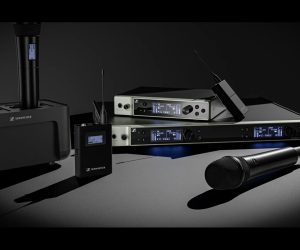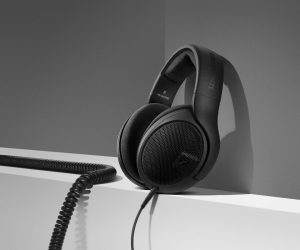
Sennheiser IE 500 Pro In-ear Monitors
Like a featherweight thrown into the ring against a super-heavyweight, Sennheiser’s IE 500 Pros come up against the big, burly flagships from the likes of Westone and Shure. Packing eight and four drivers respectively, they push huge sounds through generic nozzles. The 500s look like they’ll barely tickle their adversaries with one single dynamic driver in tow, but dude! These IEMs pack a knockout punch.
NEED TO KNOW
Like a featherweight thrown into the ring against a super-heavyweight, Sennheiser’s IE 500 Pros come up against the big, burly flagships from the likes of Westone and Shure. Packing eight and four drivers respectively, they push huge sounds through generic nozzles. The 500s look like they’ll barely tickle their adversaries with one single dynamic driver in tow, but dude! These IEMs pack a knockout punch.
HOW TO BE SINGLE
Everything about the IE500’s design stems from that core feature, its tiny transducer [see sidebar]. The units are small, impressively light, and solidly built from no-nonsense clear or ‘Smoky Black’ plastic. Getting them in your ears is easy — the small size, mouldable earhook and range of eartips make it a breeze — and subsequent wear secure. Though an easy fit, the isolation offered in this design leaves a little to be desired. Westone and Shure quote <36dB isolation, while these just <26dB. Once turned up on stage though, this doesn’t seem to make much difference thanks to their ultra-low distortion levels, but it is noticeable compared to the competition.
The separation from your eardrum that a nozzle-less design brings may hurt isolation, but it does help with the best part of the experience here: the soundstage. It’s wide and all sources are super clear; the depth (or lack thereof) in a mix is evident from left to right as well as frequency-wise — HF sits high, and subs low… almost physically so. Most impressive are the way shimmery reverbs are presented. On a particular vocal, the high frequencies emanate from the centre like a firework and then settle across the stereo spectrum — impressive engineering accurately reproduced.
ONE SPEAKER, ONE SOUND
So, the sound. The IE500 Pros offer a warm reference response — pleasing without being fatiguing. The LF detail is amazing — it’s crazy to think that these 7mm drivers are producing the low-end rumble of a Hans Zimmer soundtrack or the subby goodness of EDM. It’s not only extended but also punchy and precise, rendering kick drums and bass beautifully accurately. Highs are also extremely impressive, present and serving the scratchy intricacies of close miked strings very well. The 500s are touted as the most mid-centric of the series, and while I found them accurate and pleasing, they weren’t quite as forward as my Shure-tuned ears are accustomed to. In short, the 500s produce damn-near the best sound one can get from an IEM.
To put all this fact and opinion in context, we must address the elephant in the room. These are generic IEMs. And they have a recommended retail price in excess of $1000. For that kind of money, you could get a decent pair of customs, with perfectly acceptable sound and a perfect fit, not to mention far better isolation. So why opt for the IE500 Pros? An audiophile listening to Tidal on the bus would love them: easy to pop in and out, incredible signature and soundstage. Those on stage will miss out on some isolation, but with low distortion, you can turn these up nice and loud without hurting your ears or losing clarity. If you get a good stereo monitor send going, I can’t imagine a more pleasing way of monitoring yours and your band’s sound.
Want some of the best sounding in-ears out there? Grab a pair. Just don’t go dropping them in the loo.
DYNAMICS: WHAT, WHY & HOW?
Both the IE400 and 500 Pros feature Sennie’s brand new TrueResponse 7mm dynamic driver, each unit’s sole transducer, causing them to stand out among their balanced armature-driven competitors. Just like the driver you’d find in Apple earbuds, this is a miniature speaker, with a moving coil and a diaphragm. So how does it sound so much better? Jannik Schentek, Sennheiser’s professional audio product manager, describes it like an orchestra. All parts must perfectly synchronise together.
The company has been working on these drivers for years over many product generations and lines, and now use the highest quality raw materials and manufacture in house to build these 7mm beauties. It’s a different philosophy to multi-driver models, which rely on clean crossovers, nozzles and filters to combine for the perfect sound, filling in frequency ranges with individual drivers. Sennheiser admits that it’s not easy getting this kind of performance out of a dynamic driver, but it’s worth the effort for the ‘clearer, more precise and natural sound’. You’re also getting super low distortion (quoted 0.08% total harmonic distortion), since all sounds are emanating from one place, untouched by extra circuitry.























RESPONSES